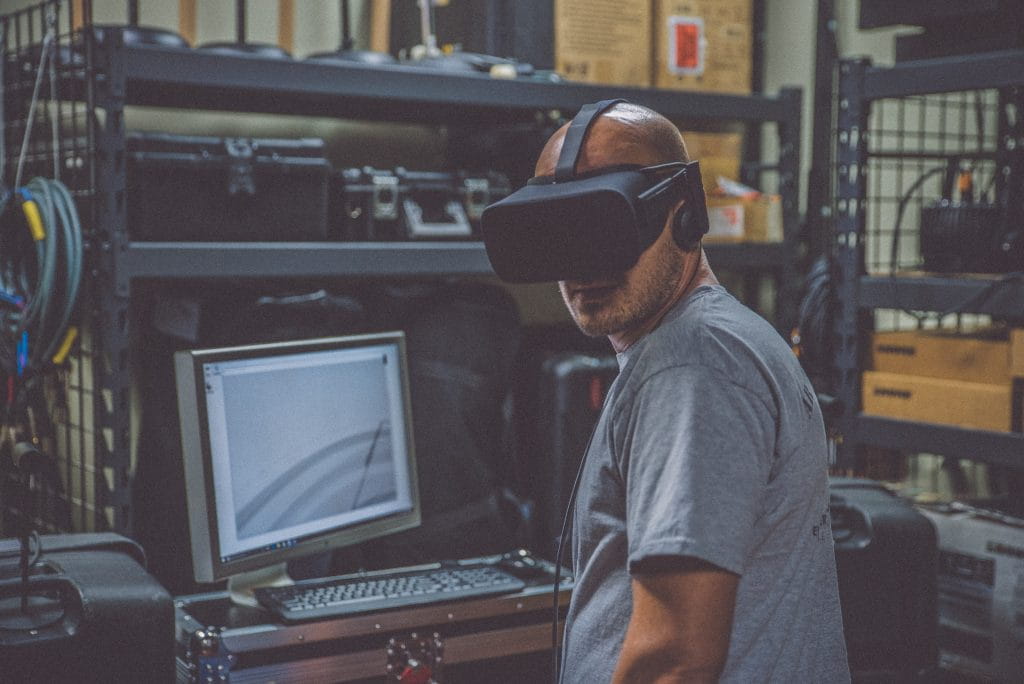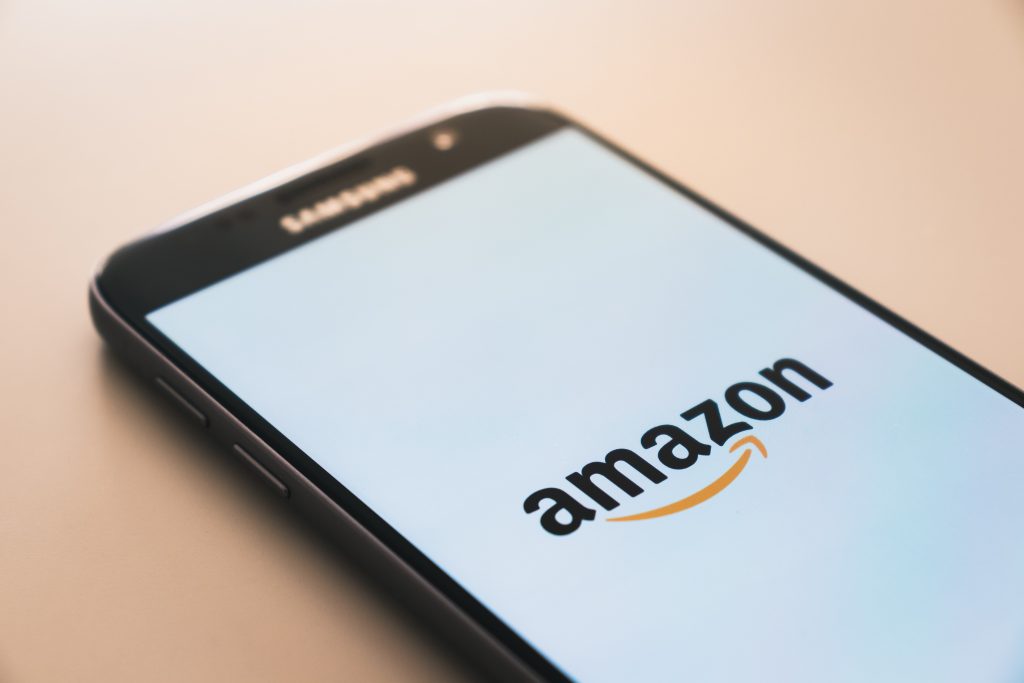Online platforms will enable remote meetings in virtual workspaces with almost no latency. And employment contracts will need some adjustment to allow for continued education.
September 15, 2020

This article was originally published by Morning FUTURE here
The world of work is preparing for the next big shake-up. And it will be nothing like our experience of remote working during the lockdown, the staggered arrivals at the office, shifts for the canteen, smartphones chock-a-block with emails, online chats with workmates, video and conference calls. The magnitude of the disruption expected from the adoption of 5G technology is in no way comparable to the temporary solutions introduced during the COVID emergency.
With the ongoing development of the new digital infrastructures, the changes will be long-lasting, impacting our behaviours and heralding a new model of work.
Some of these innovations are already commonplace and are driving the digital transformation: broadband, cloud computing, mobile infrastructures and the like, are all part of a process that is revolutionising every aspect of our working lives (and beyond). The dematerialisation of red tape, for instance, will streamline the relationship between public and private, and between business and public administration. As far as productivity is concerned – in the context of Industry 4.0 and smart factories – automation and the IoT will become a standard requiring new skills and new jobs, which can hardly be described as blue-collar.
This will all happen within integrated digital networks where online platforms will mediate the relationships between the various players in real time and with almost no latency. We are looking at a new model of productivity and efficiency where the workplace and the tasks carried out will not necessarily coincide, thanks to smart work and remote connection systems. Just imagine holographic calls through virtual or augmented reality headsets that allow people to meet in virtual spaces (like trade fairs, press conferences and corporate meetings) inhabited by avatars.
“Holographic calls through virtual or augmented reality headsets will allow people to meet in virtual spaces inhabited by avatars.”
However, these enormous, almost sci-fi-like capabilities are not without risk. As digital infrastructures become the enabler for innovation, cybersecurity will have to safeguard our communications, shopping, play and, of course, our work.
As 5G technology expands connectivity with an increasing number of access points, there will be a need for new standards of resilience that take into account the interconnectivity of devices (using wireless, radio or infra-red systems), and in the event of an attack allow them to be excluded from the network without compromising the network itself. In fact, the whole system could be at its most vulnerable during the initial transition from 4G, when old and new releases run side by side and allow the two networks to work together. In other words, it’s best to be prepared for when it happens.
However, the changes brought in by 5G go well beyond technology. There will also be repercussions on employment contracts. As 5G enables a new model for the production of goods and services and a new relationship between workers and employers, there will be a need for workers with the ability to deal with complexity. In this light, future employment contracts should already include provisions for upskilling and retraining to ensure workforces have the skills required.
The world of work is preparing for the next big shake-up. And it will be nothing like our experience of remote working during the lockdown, the staggered arrivals at the office, shifts for the canteen, smartphones chock-a-block with emails, online chats with workmates, video and conference calls. The magnitude of the disruption expected from the adoption of 5G technology is in no way comparable to the temporary solutions introduced during the COVID emergency.
With the ongoing development of the new digital infrastructures, the changes will be long-lasting, impacting our behaviours and heralding a new model of work.
Some of these innovations are already commonplace and are driving the digital transformation: broadband, cloud computing, mobile infrastructures and the like, are all part of a process that is revolutionising every aspect of our working lives (and beyond). The dematerialisation of red tape, for instance, will streamline the relationship between public and private, and between business and public administration. As far as productivity is concerned – in the context of Industry 4.0 and smart factories – automation and the IoT will become a standard requiring new skills and new jobs, which can hardly be described as blue-collar.
This will all happen within integrated digital networks where online platforms will mediate the relationships between the various players in real time and with almost no latency. We are looking at a new model of productivity and efficiency where the workplace and the tasks carried out will not necessarily coincide, thanks to smart work and remote connection systems. Just imagine holographic calls through virtual or augmented reality headsets that allow people to meet in virtual spaces (like trade fairs, press conferences and corporate meetings) inhabited by avatars.
“Holographic calls through virtual or augmented reality headsets will allow people to meet in virtual spaces inhabited by avatars.”
However, these enormous, almost sci-fi-like capabilities are not without risk. As digital infrastructures become the enabler for innovation, cybersecurity will have to safeguard our communications, shopping, play and, of course, our work.
As 5G technology expands connectivity with an increasing number of access points, there will be a need for new standards of resilience that take into account the interconnectivity of devices (using wireless, radio or infra-red systems), and in the event of an attack allow them to be excluded from the network without compromising the network itself. In fact, the whole system could be at its most vulnerable during the initial transition from 4G, when old and new releases run side by side and allow the two networks to work together. In other words, it’s best to be prepared for when it happens.
However, the changes brought in by 5G go well beyond technology. There will also be repercussions on employment contracts. As 5G enables a new model for the production of goods and services and a new relationship between workers and employers, there will be a need for workers with the ability to deal with complexity. In this light, future employment contracts should already include provisions for upskilling and retraining to ensure workforces have the skills required.



